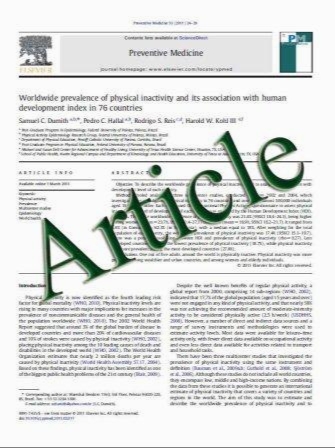The arthroscopic treatment of displaced tibial spine fractures in children and adolescents using Meniscus Arrows
- نوع فایل : کتاب
- زبان : انگلیسی
- مؤلف : Diederick B. Wouters • Joost S. de Graaf • Patrick H. Hemmer • Johannes G. M. Burgerhof • William L. M. Kramer
- چاپ و سال / کشور: 2010
Description
Purpose This article summarises the results of a newly developed technique that utilises Meniscus Arrows for the arthroscopic fixation of displaced tibial spine fractures in children and adolescents. Method Twelve tibial spine fractures in the knees of eleven children between 6 and 15 years old, with an average age of 12 years, were arthroscopically fixed with Meniscus Arrows, after a reduction of their fractures. This was followed by 5 weeks immobilisation in a plaster of Paris. Postoperative follow-up included radiographs, Lachmann tests on all of the children’s knees and KT-1000 tests of eight out of twelve of the children’s knees. The postoperative follow-up time ranged from 3 to 10 years, with patients being seen for an average of 4 years. Results All of the fractures consolidated uneventfully, and all of the patients returned unrestricted to their previous activity level. The Lachmann tests revealed no, or a non-functional, laxity in any of the patients’ knees. The KT-1000 tests showed a difference between the operated side, and non-operated side, of between 3 mm in the first knee operated on and an average of 1 mm in the remaining knees. Conclusion The arthroscopic fixation of tibial spine fractures using Meniscus Arrows showed that this minimally invasive procedure resulted in the uneventful consolidation of all twelve of the fractures, with excellent results, and without the need for a second, hardware removal, operation. Level of Evidence: Level IV
Knee Surg Sports Traumatol Arthrosc (2011) 19:736–739 DOI 10.1007/s00167-010-1341-8 Received: 13 January 2010 / Accepted: 15 November 2010 / Published online: 11 December 2010


